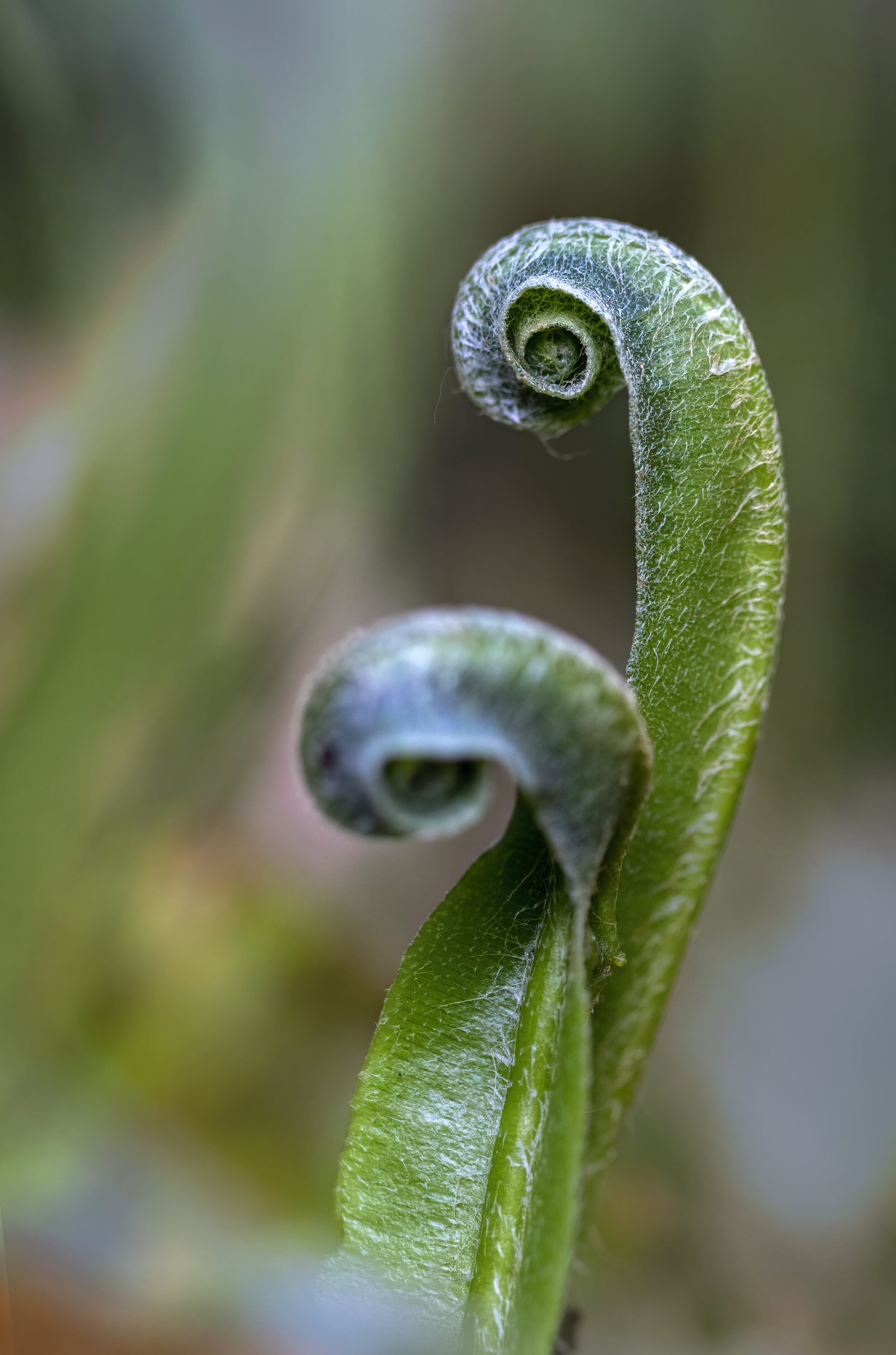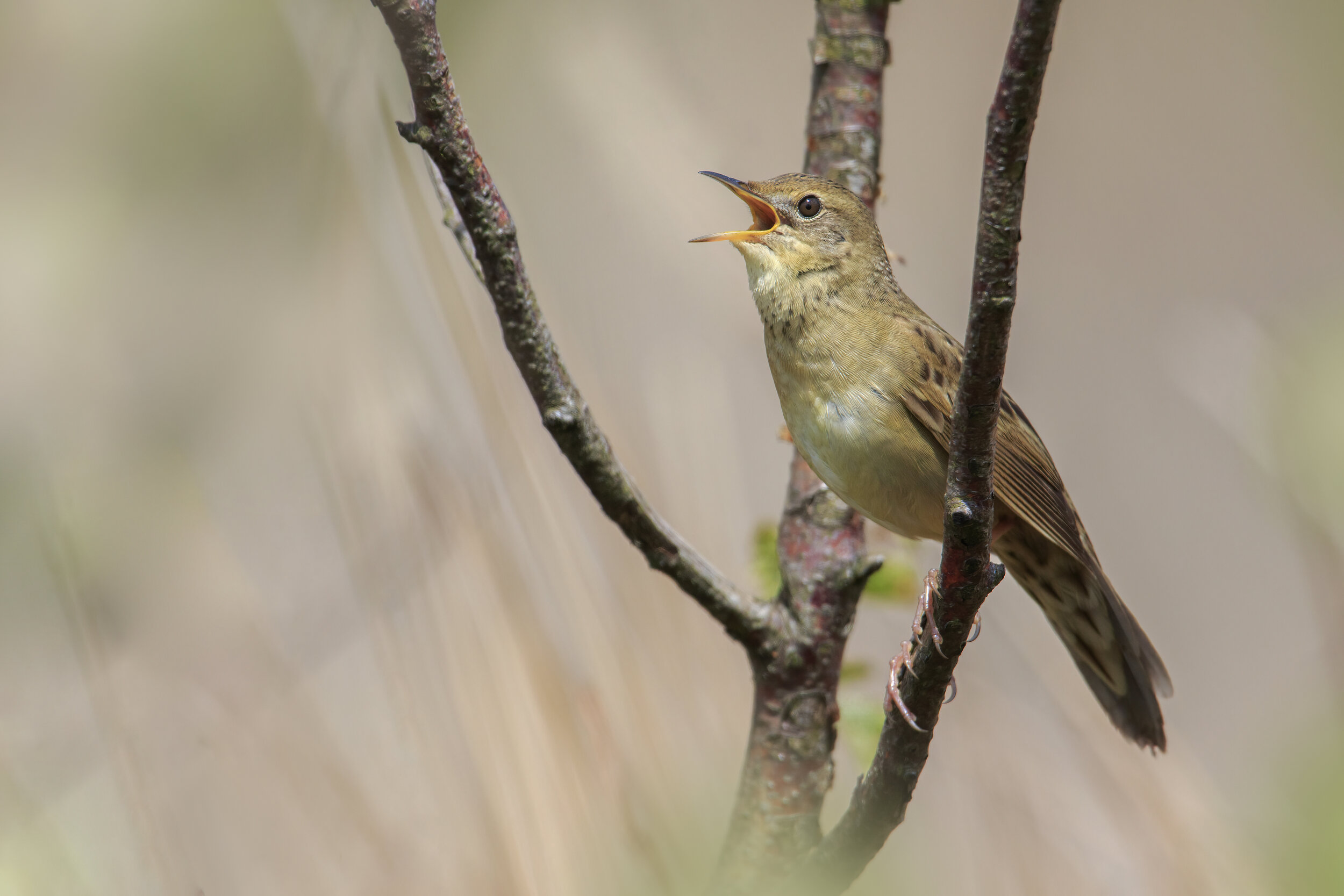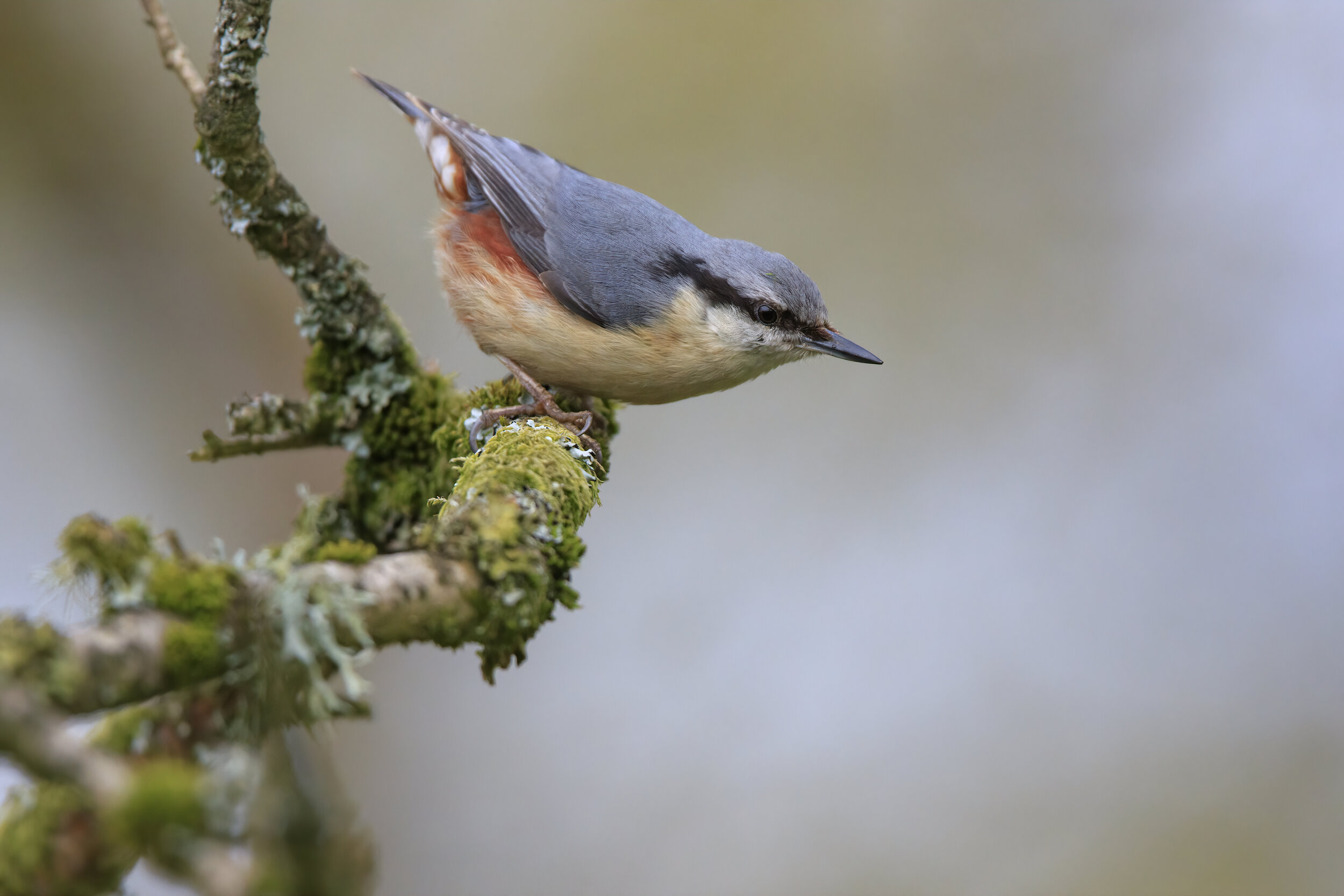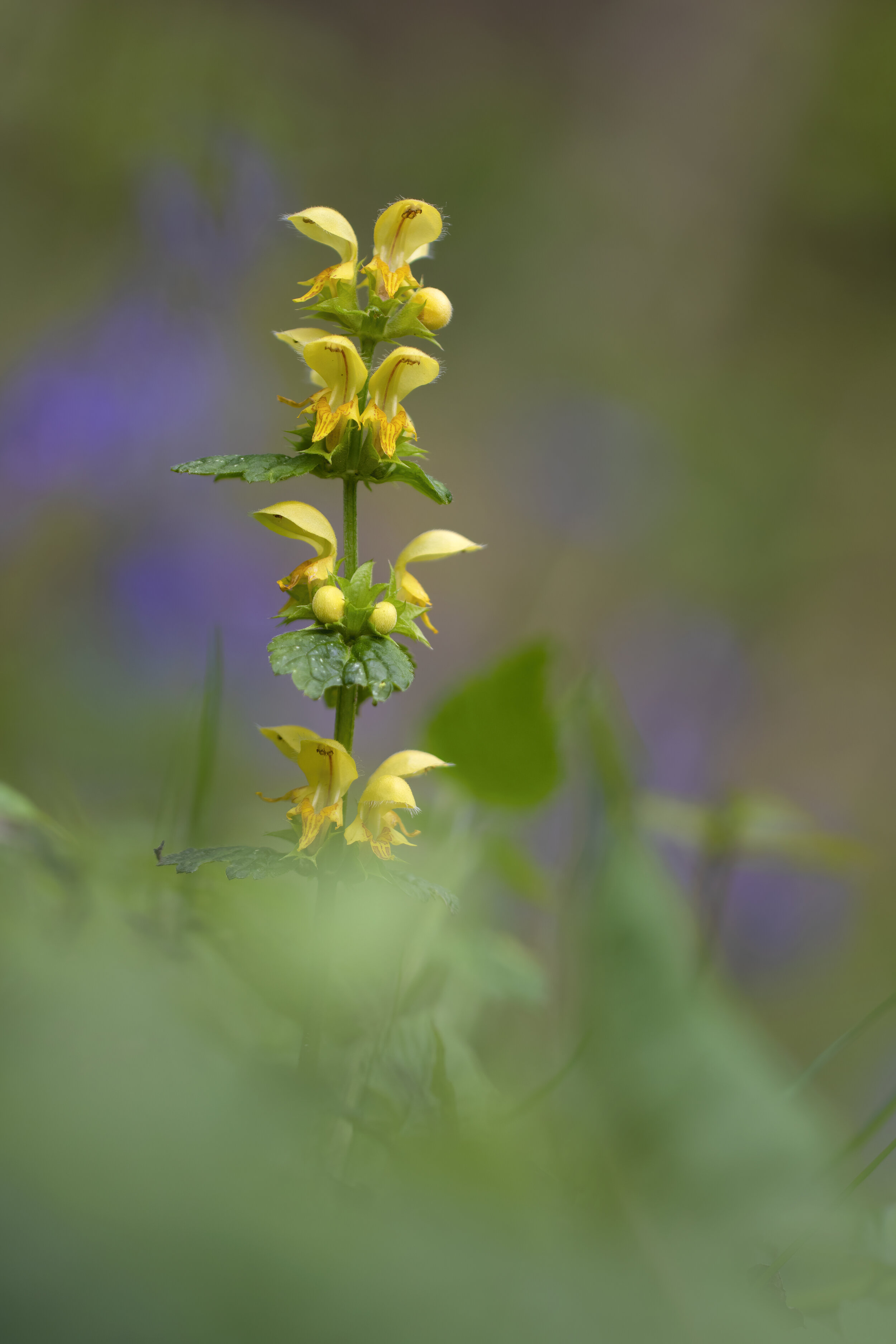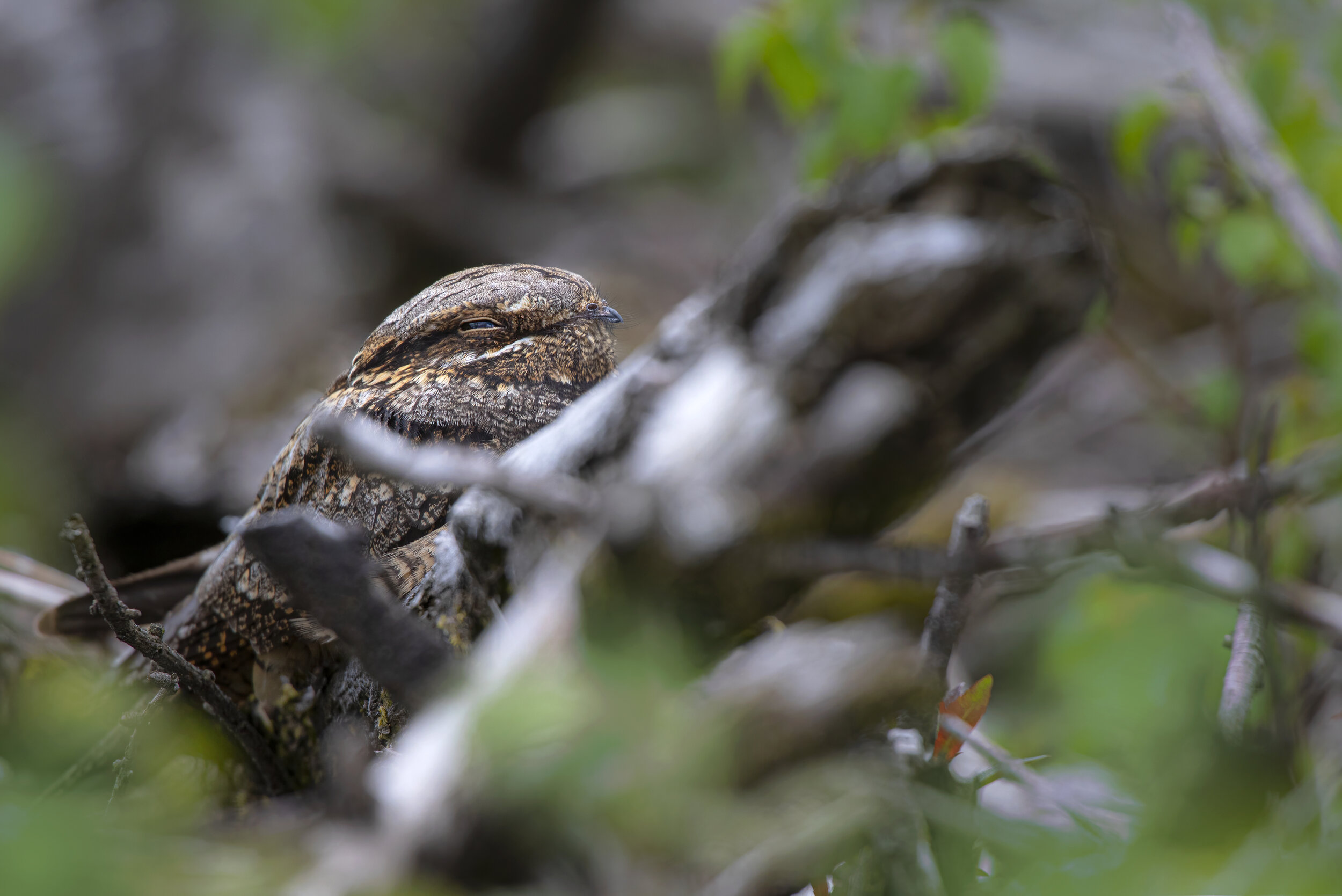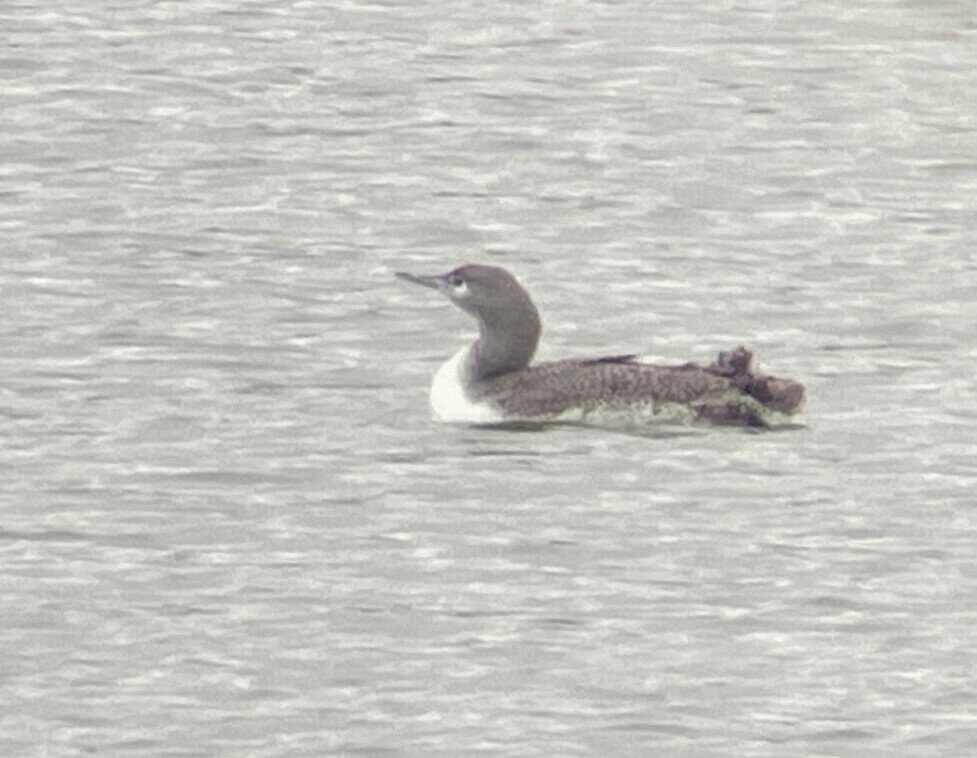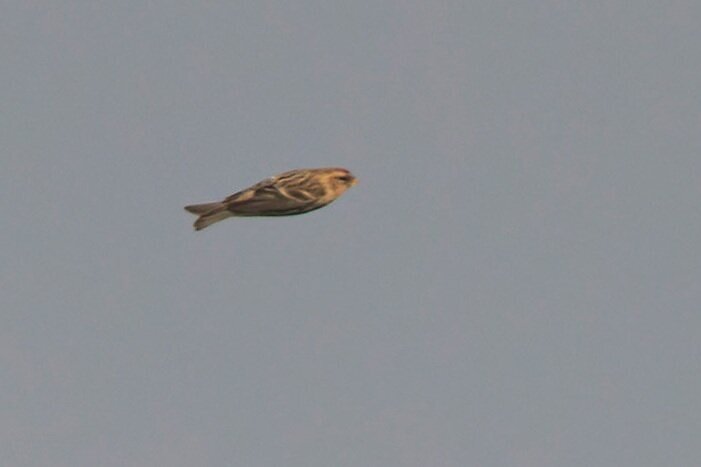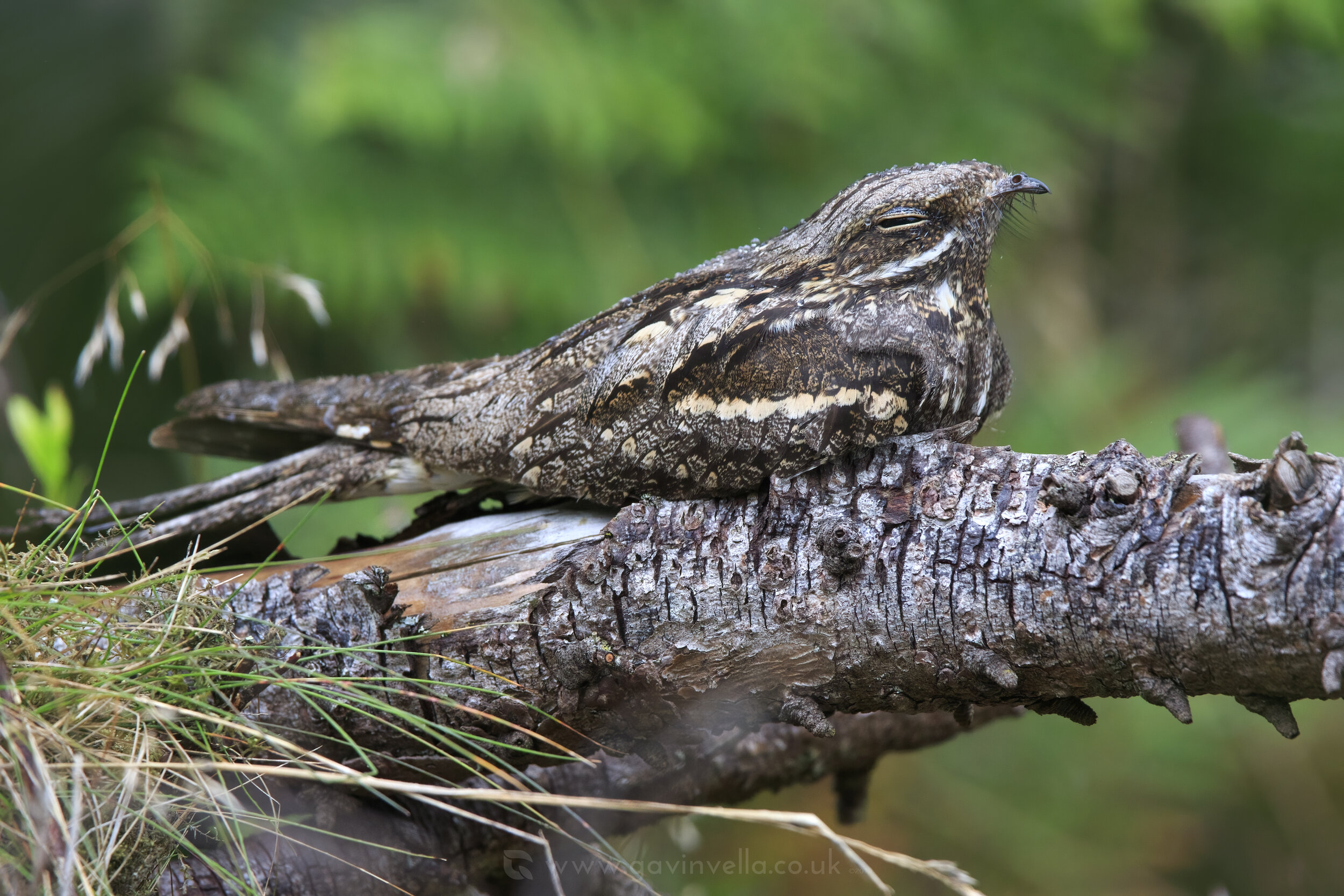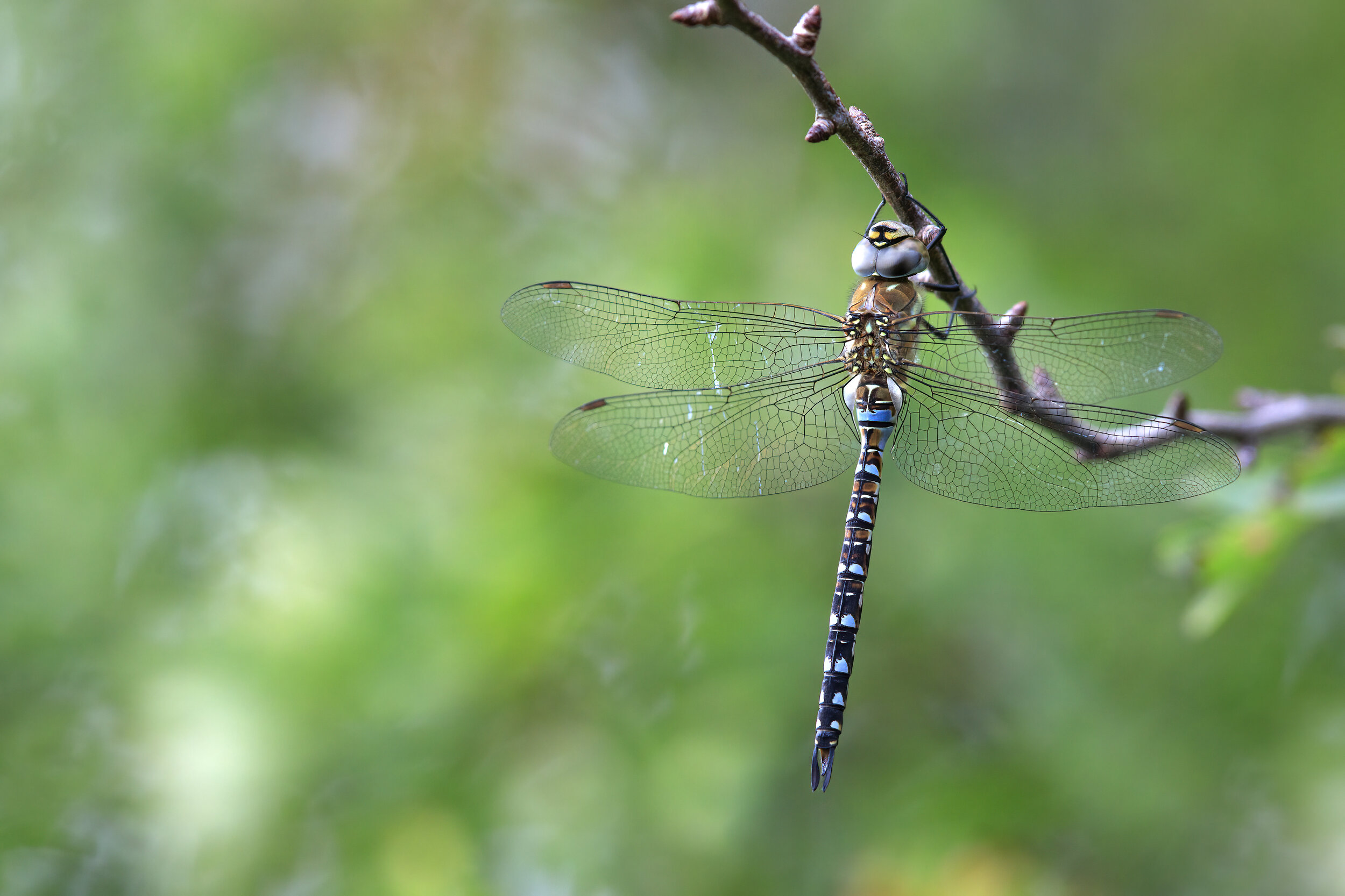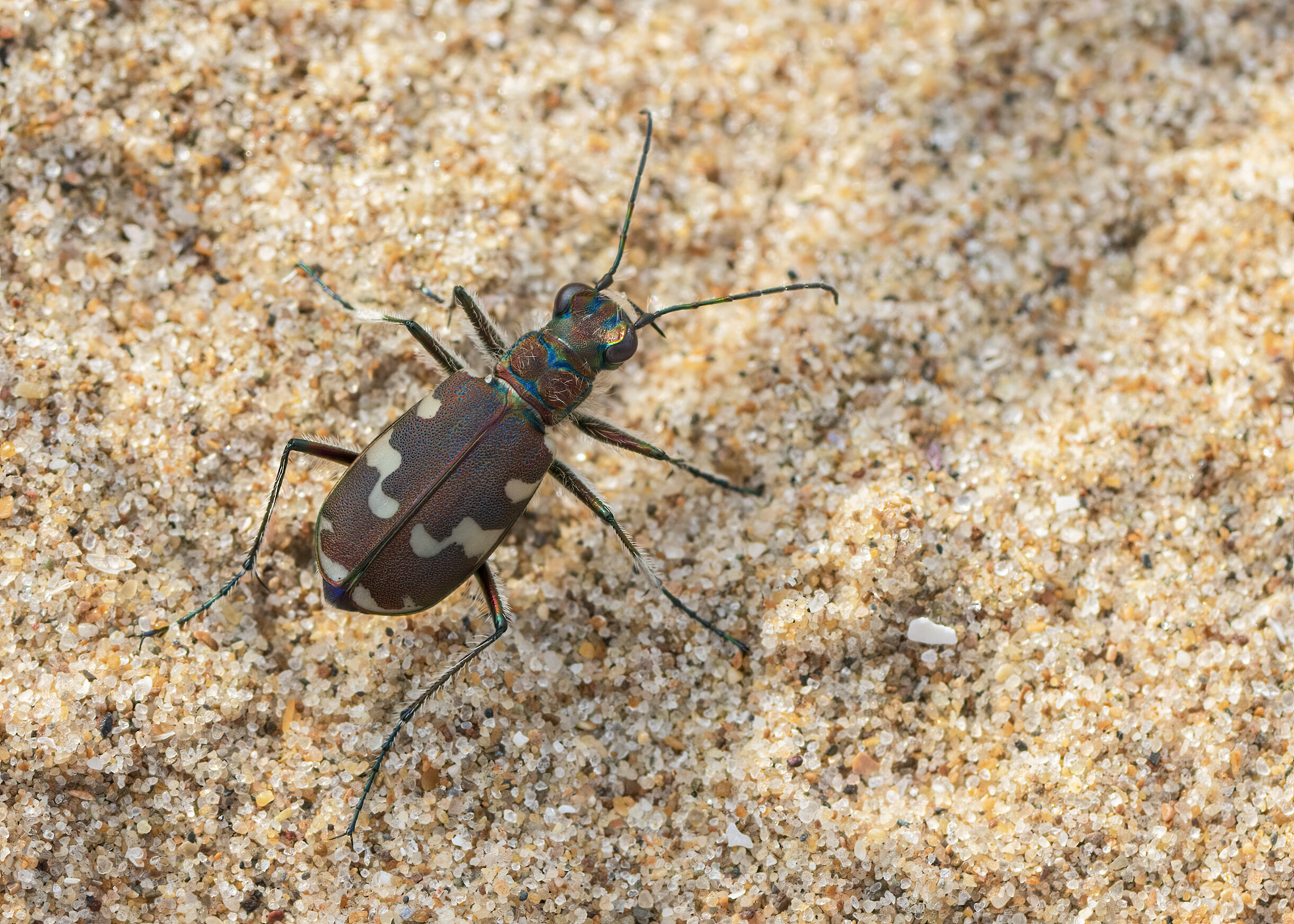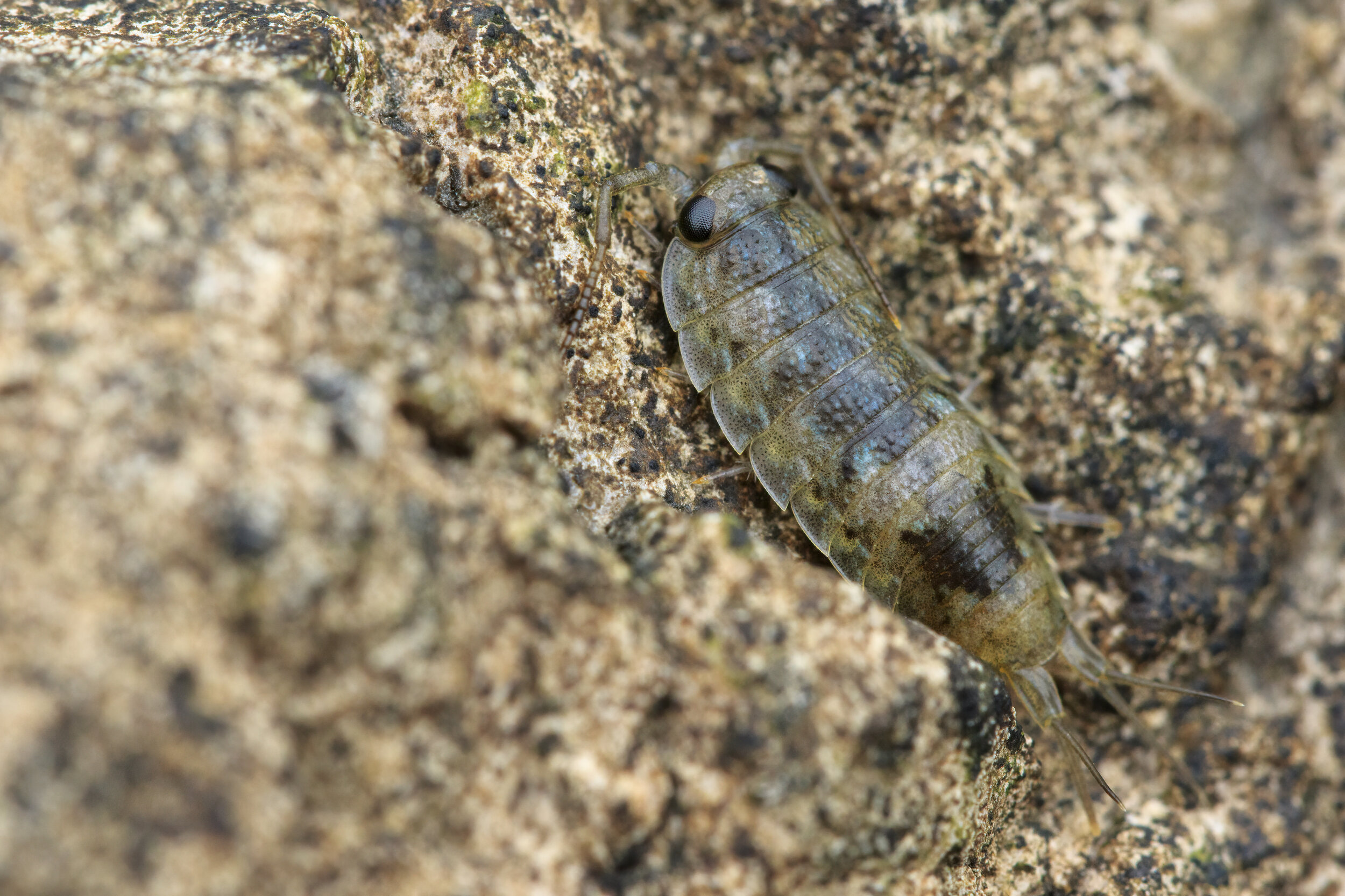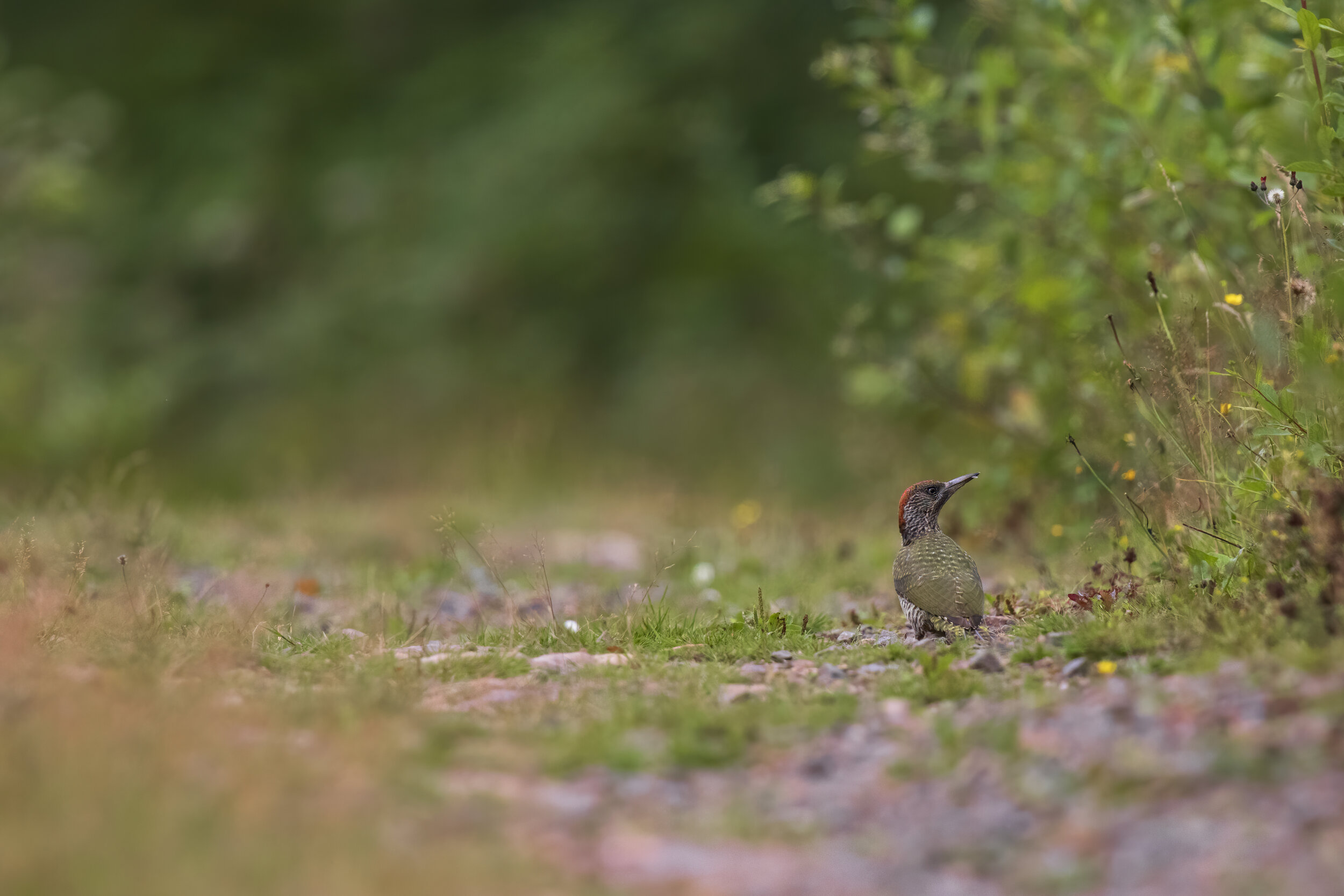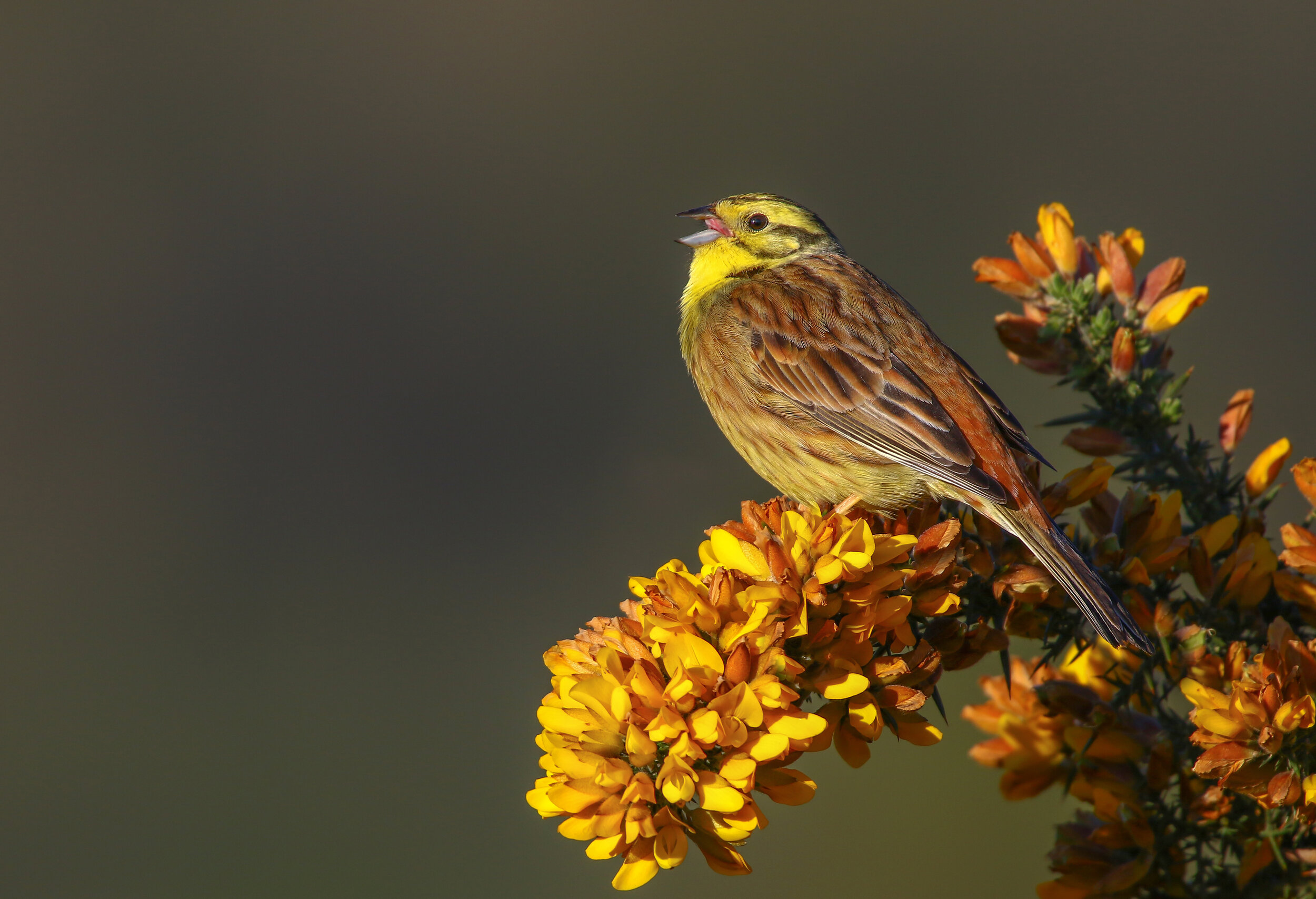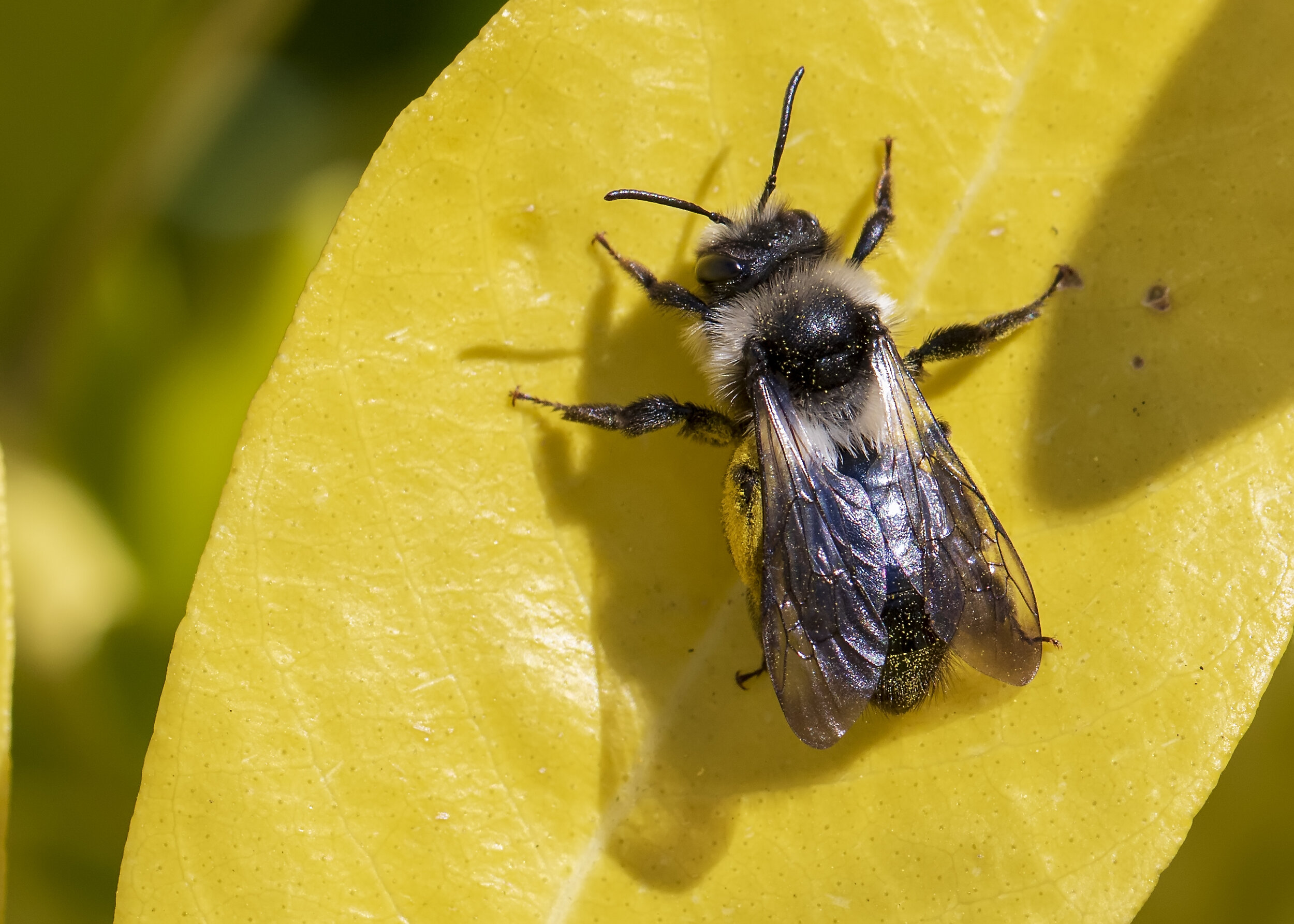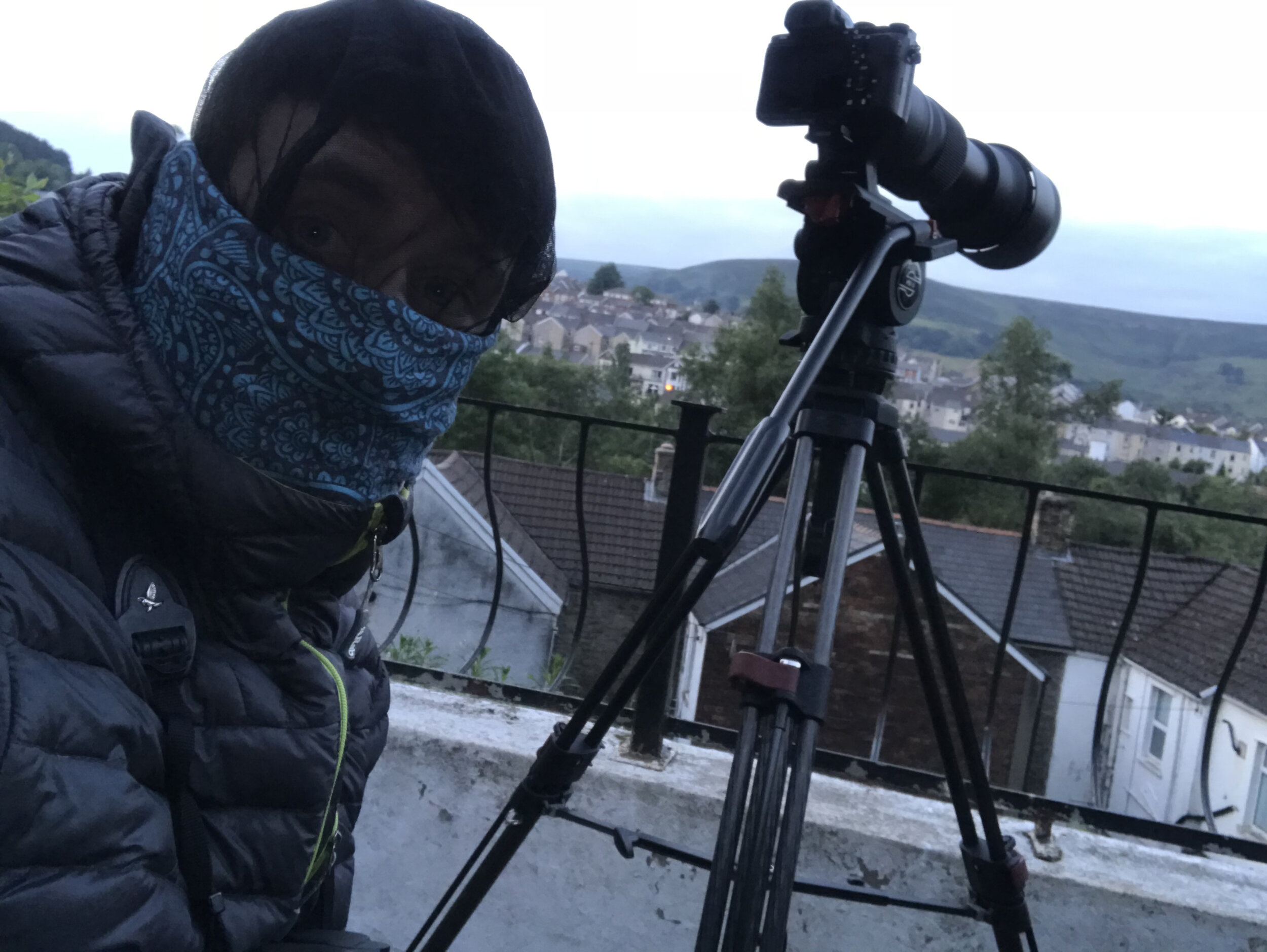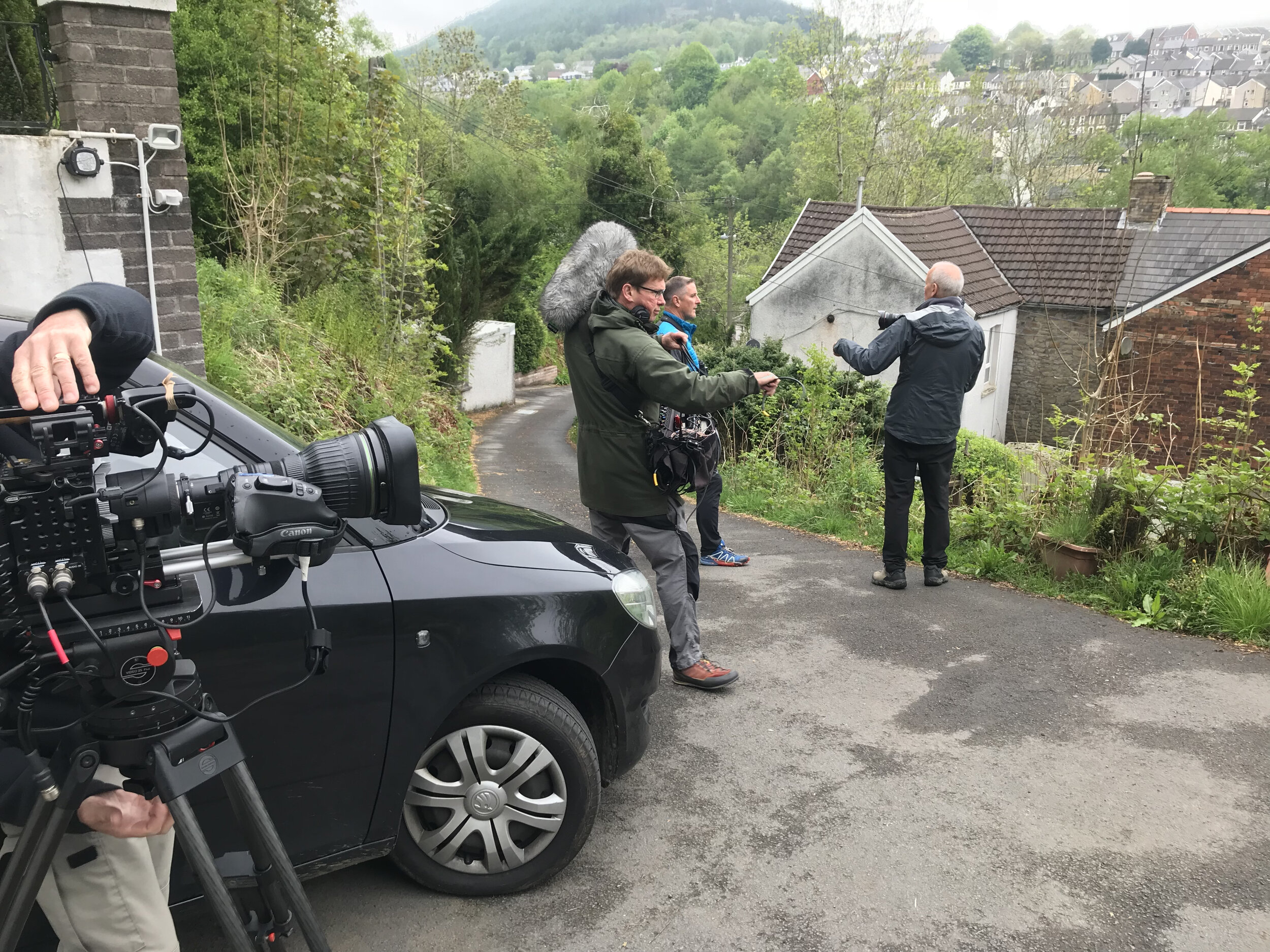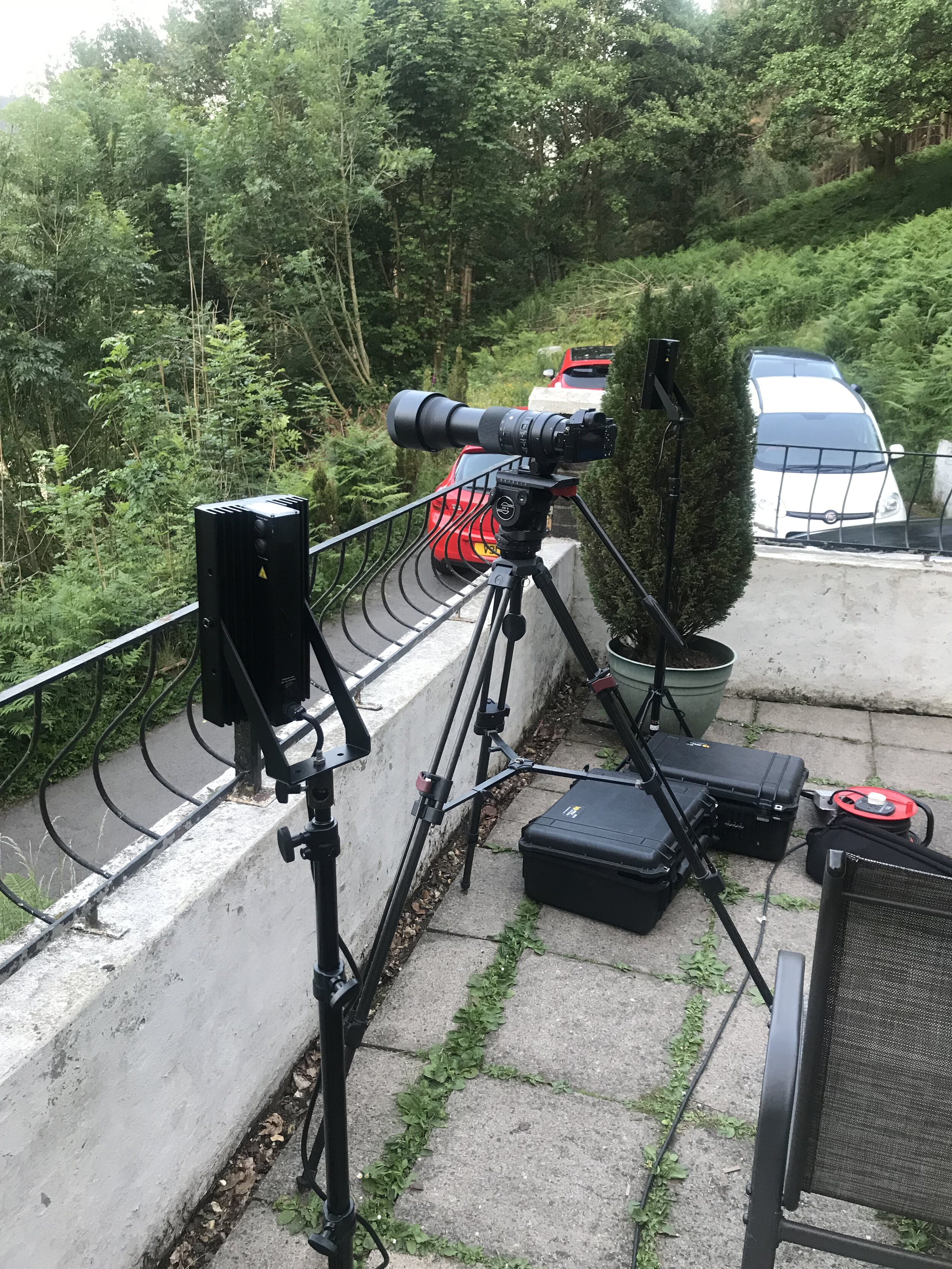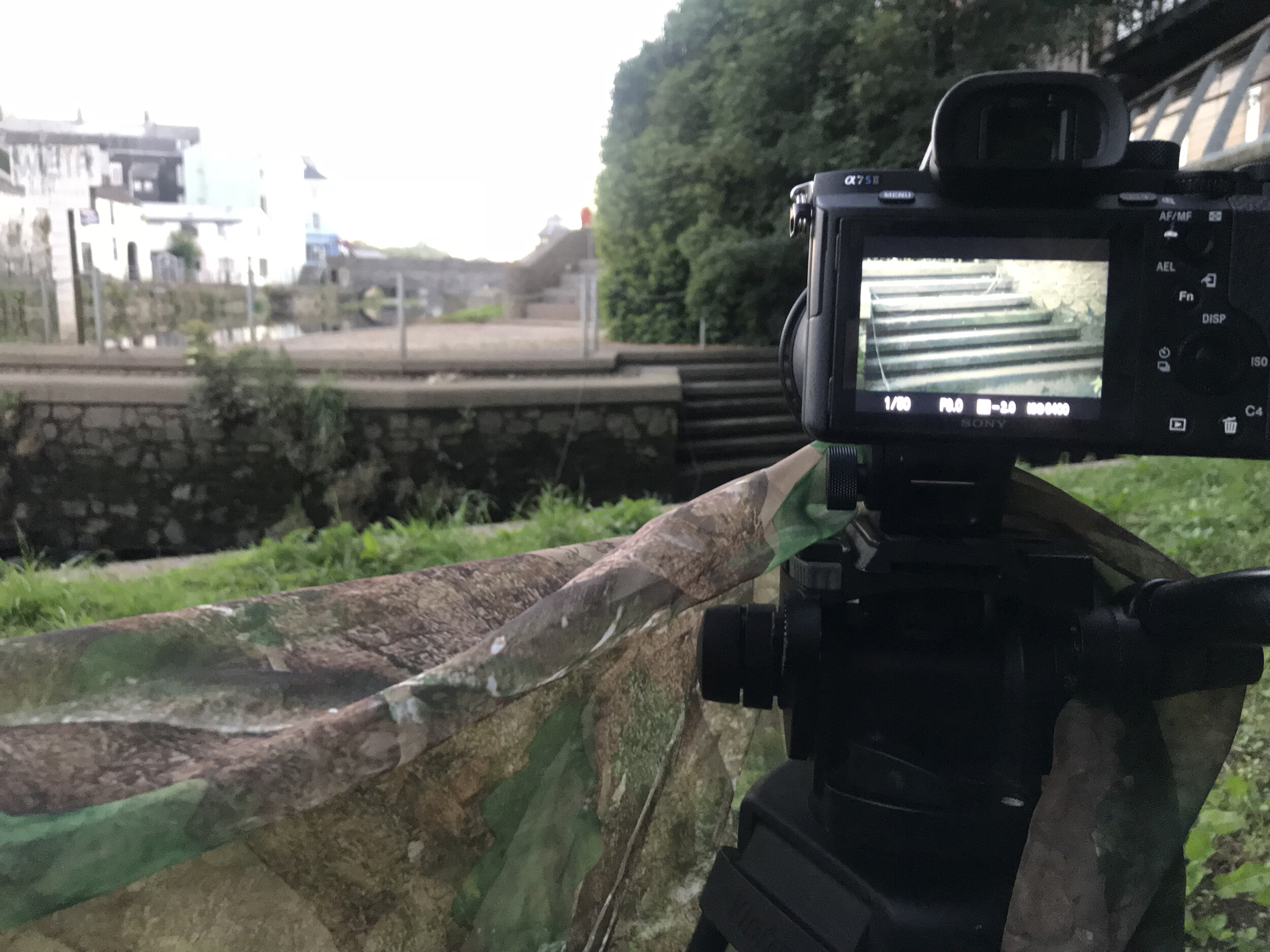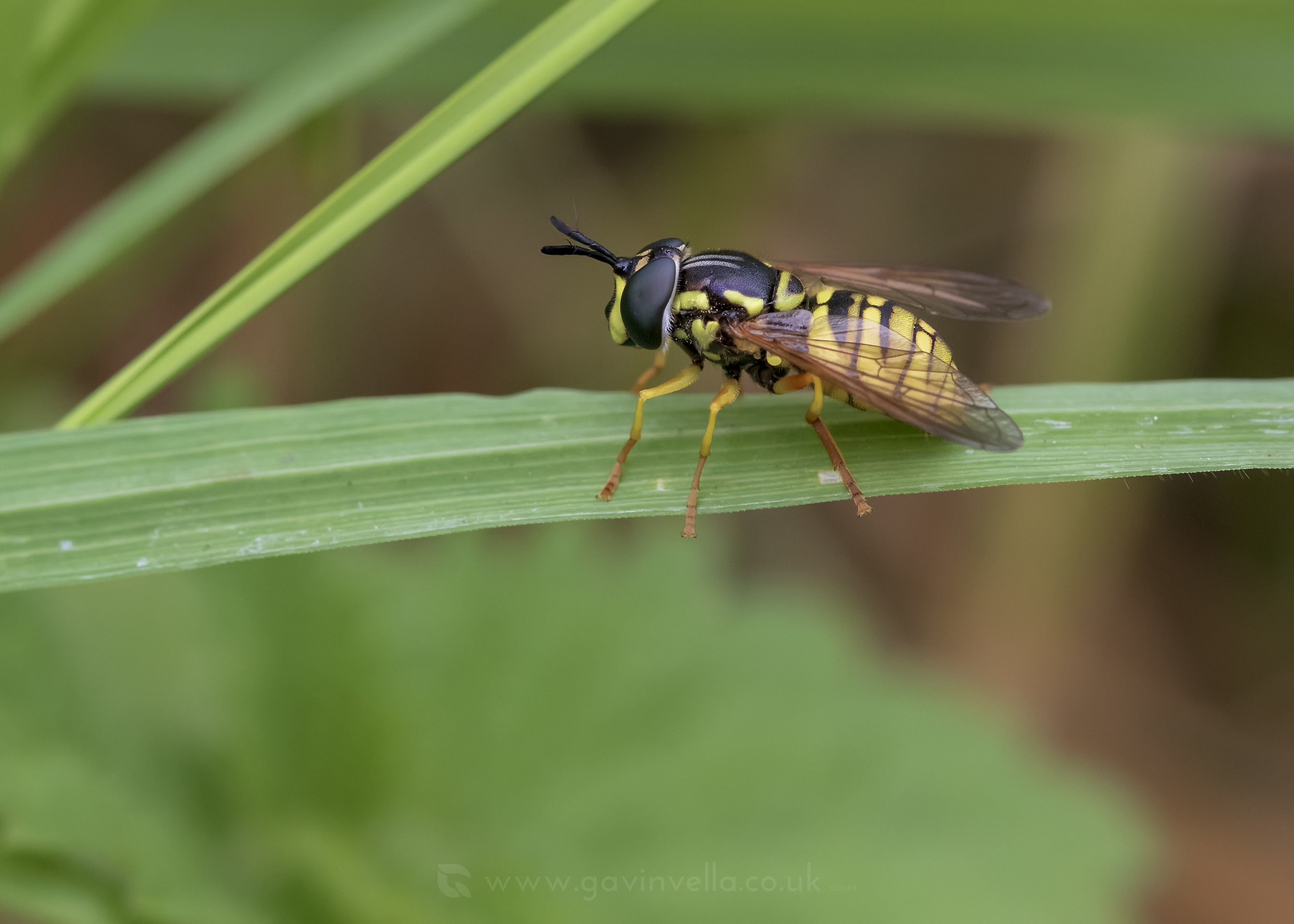I’ve come to the conclusion that if I have time to blog this spring, then I’m not doing enough! This time of year is so special, I have to make it the most productive as I possibly can, as my work demand also goes up with breeding season surveys and the start of bat season begins too. As a result i’ve limited my computer time as much as possible, so here’s a very brief catchup. Plenty more spring arrivals as our beautiful countryside just gets more colourful by the day. Each day we get a new species of birdsong adding even more colour, variety and texture. I’ve still got plenty on my todo list, one of which is to record the song of a Nightingale, but so far the weather is holding me back. I’ve found a Violet-oil Beetle site this month too, just waiting to find out if there are any records there before or not. I suspect there have been but even still, finding these fascinating beetles is always special. Firecrests are doing well this year so far, with even more pairs found, including some new sites around Gwent that could support larger populations in the future. I’ve also made some new observations with Firecrest mimicry that paint a completely different picture as to why these birds are mimicking Goldcrest. At first I thought it was to deter Goldcrest, who compete for the same food source and nesting locations, but I actually think it’s more of a submissive behaviour, when a neighbouring Firecrest is heard, it then choses to sing Goldcrest instead, as if not to avoid a rival response. There is a way I could confirm this but it may take a few more seasons of studying.
Spotlight
It’s always worth spending some time outdoors at night this time of year, with vocal foxes, owls, displaying waders and of course my favourite, the Nightjar. Which I’ll get to eventually. This pair of Tawny Owls were quite entertaining though. Very vocal and I even found both birds roosting out in the open in the day.
I’ve done quite a lot of recording this month as usual but this is so far my favourite. There’s something very tranquil about the song of a Pied Flycatcher, and with the nearby stream in the background, it takes me right back to some of my favourite places in Gwent.
After finding a new Firecrest territory, quite close to home, present also was that spectacular song from a Wood Warbler. After which I travelled to a better location to record this iconic sound of the forest, only to find yet another Firecrest territory. It would seem that they prefer very similar habitat as each other in Gwent and thanks to some thinning out of the forestry, it’s opened up even more habitat for these to spread, so the coming years should be interesting.
Sound Recording
Yet again, probably enough content to listen to all year lol. So much more that I haven’t posted yet either!
Nightjar Season Begins!
As you can see, there are plenty of Nightjar back on territory, but not all are back just yet. Or at-least I hope not, as that would mean I’m down this season compared to last. Still time though. Not much on the churring front yet though, with night time temps still pretty low for this time of year. I did manage to record a Roding Woodcock however, which is always a treat as we don’t seem to have big numbers of Woodcock in Gwent anymore, especially compared to the Forest of Dean. I should stress at this point, that even though I manage to regularly find and photograph Nightjar, that people don’t just yomp around trying to look for them, you will almost certainly be doing more damage than good. It’s taken me a lot of research, time and passion to do this in a manner that doesn’t create a disturbance and I can’t begin to stress how much thought, planning and research it takes before I even take a foot into their breeding habitat.
Nocmig
Nocmig is becoming hard to summarise. Mostly Whimbrel, Moorhen, Coot, Mallard, Dunlin, Oystercatcher, Curlew but also good numbers of Spotted Flycatcher so far, with over 30 recordings, some of which were even flocks of Spot Fly, which is crazy to imagine. I’ve only had one Pied Flycatcher though so far, which is a little worrying, and my usual haunts have only produced one pair so far this year. Crazy to think some aren’t back yet but others are well on their way to egg laying. I’ve also had a Female Cuckoo, which I did get last spring too. I’m thinking of starting a new soundcloud account just for Nocmig calls, as it can get a bit cluttered otherwise, and they don’t make great listening material either.
One exciting thing though, Craig Constance and myself have teamed up and bought a programable, remote audio recorder, intended on being used as a research device at select locations, like Llandegfedd Reservoir or Goldcliff. Areas that we would love to know what’s going over at night, but don’t want to chance leaving expending big microphones out in the elements. I’ll certainly let you know how that goes!
In Our Nature CIC
Be sure to check out our events page. Some of my readers may want to book on to the Birdsong event on the 28th, which will be a nice easy stroll around Pontypool Park, learning the basics of birdsong and also highlighting why it’s so enriching to us to listen to birds singing. https://www.inournaturecic.co.uk/whatson




